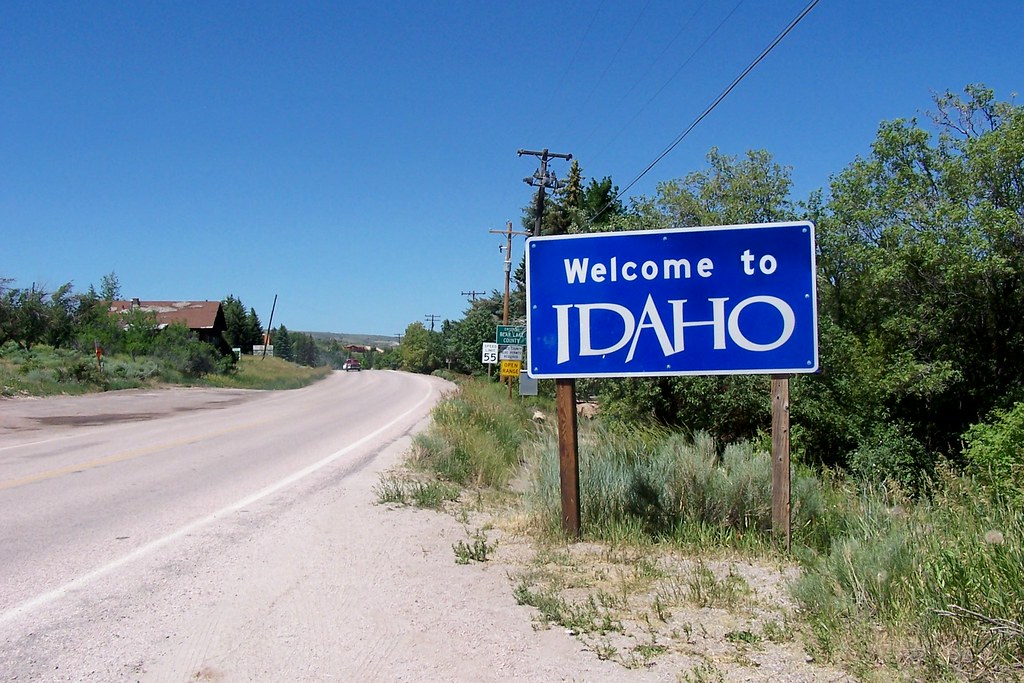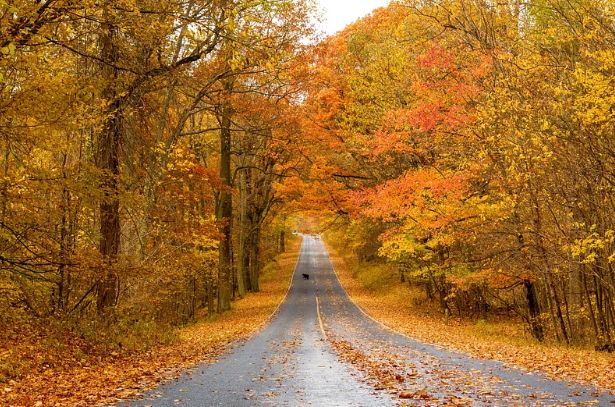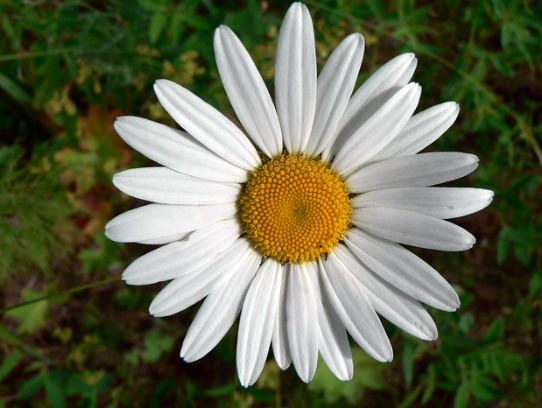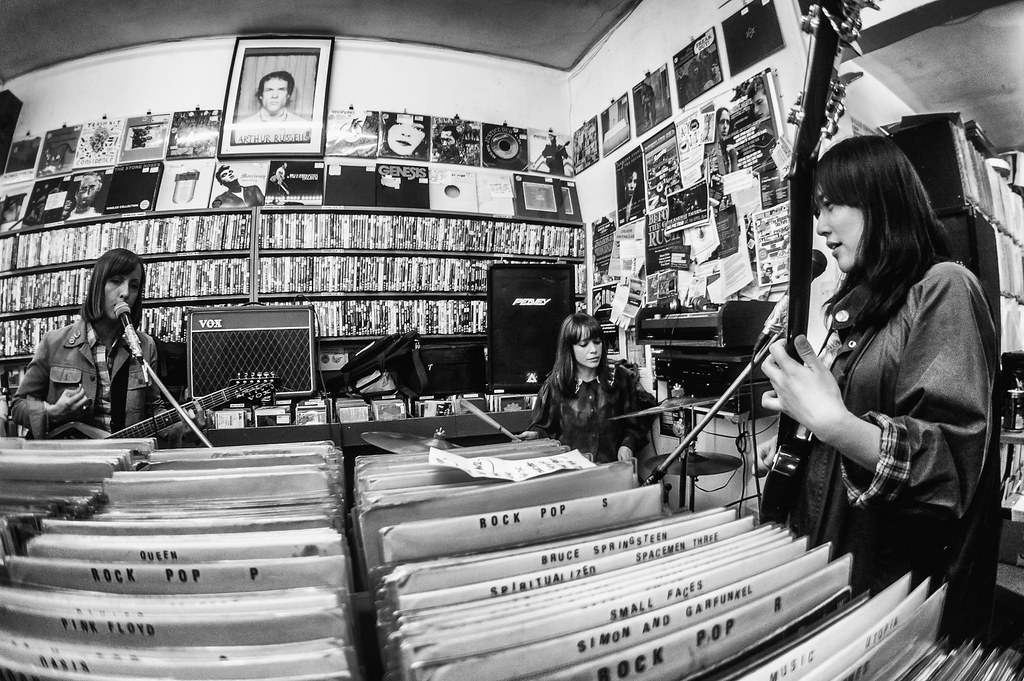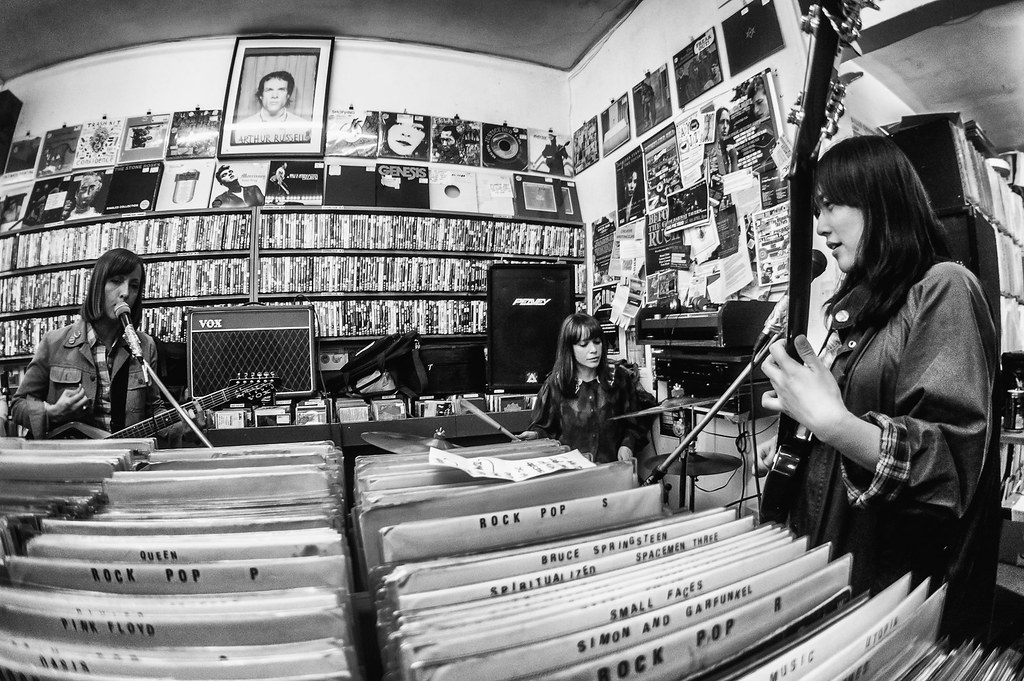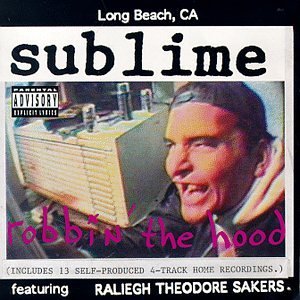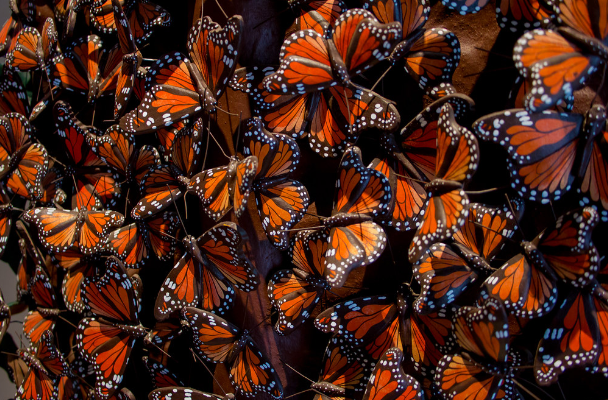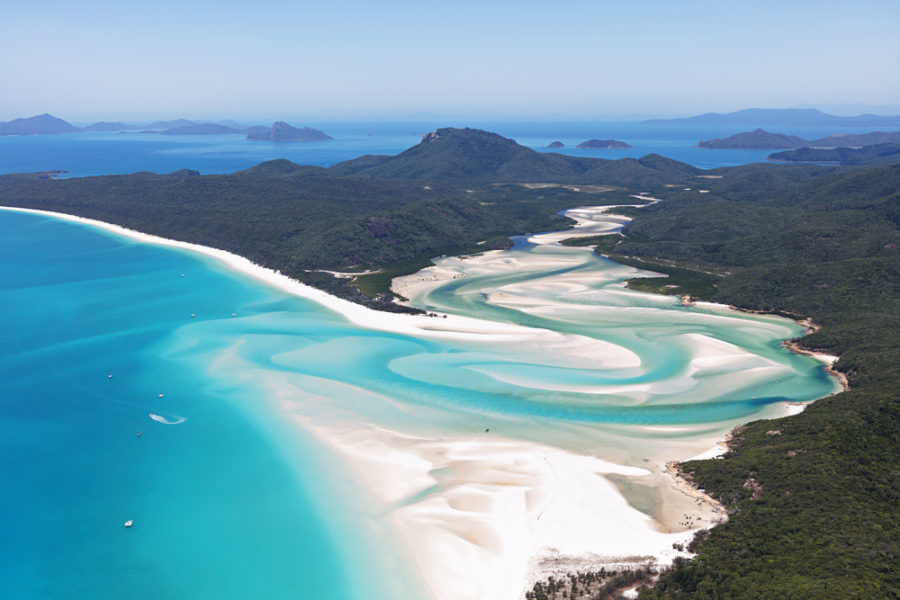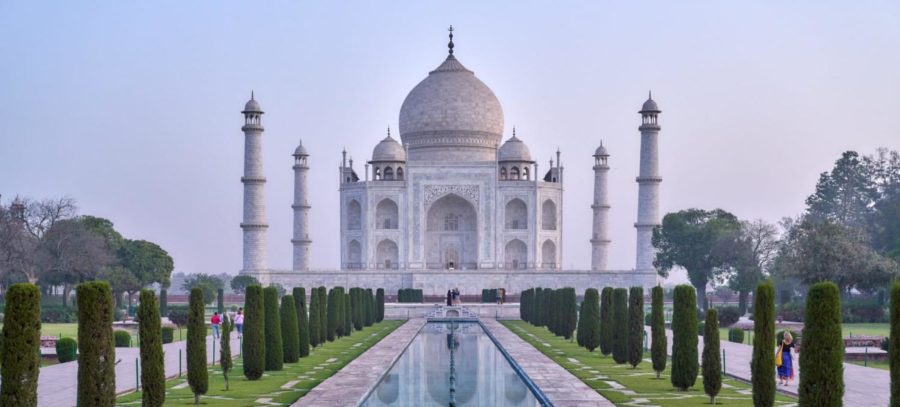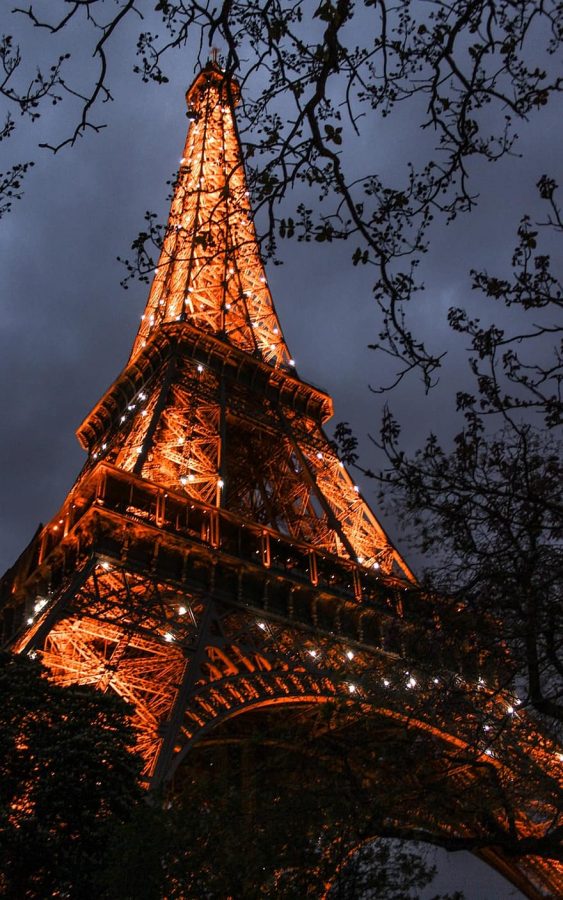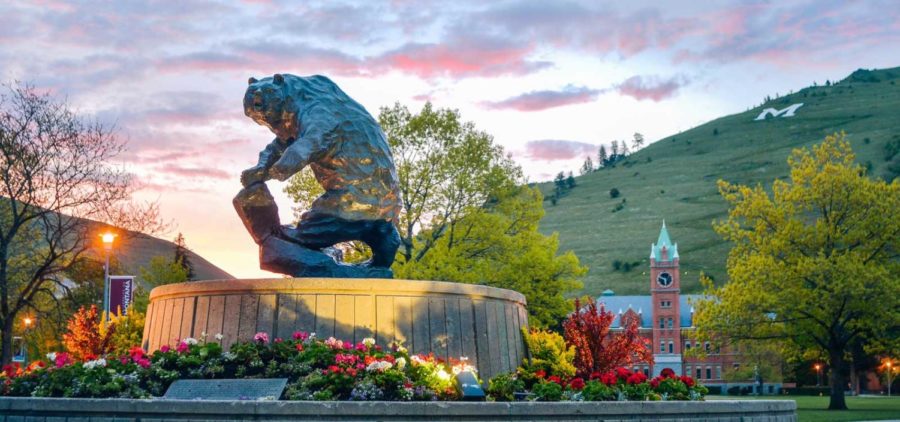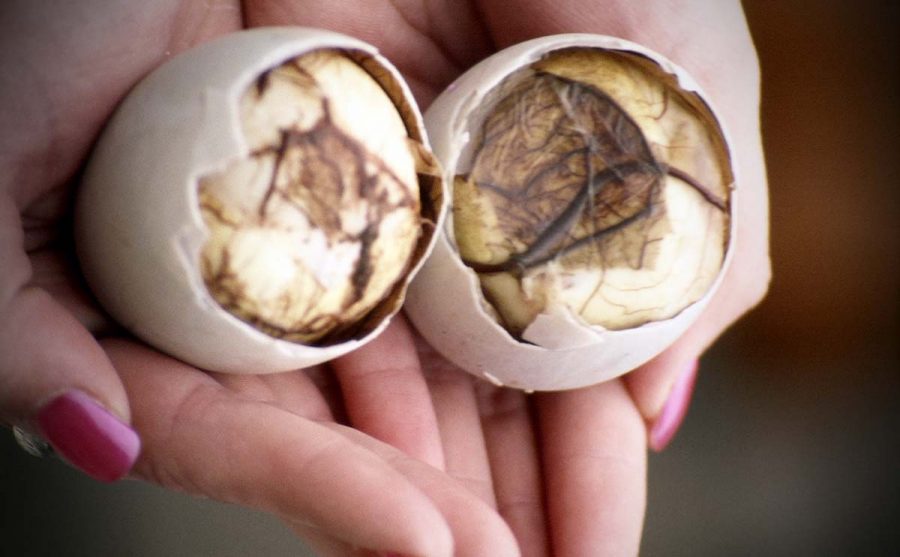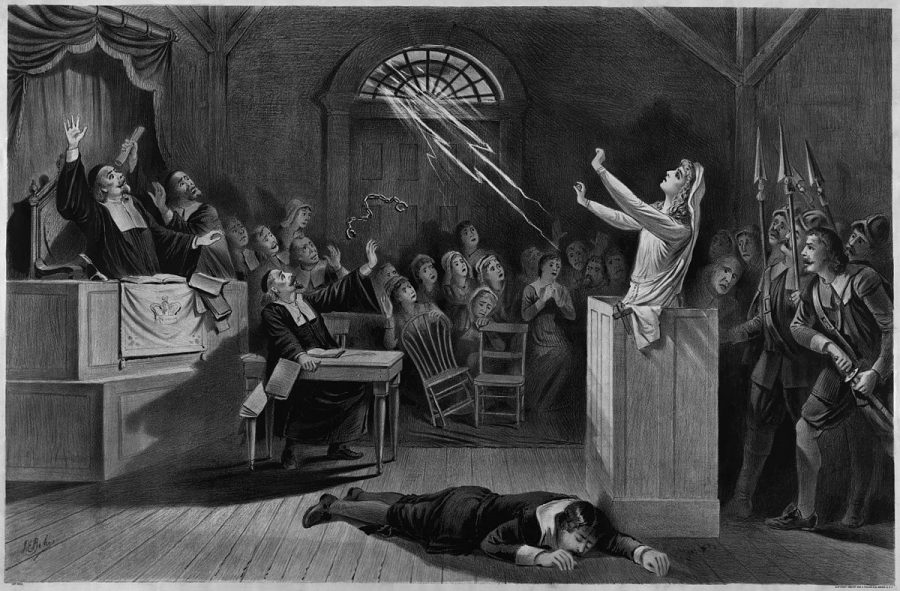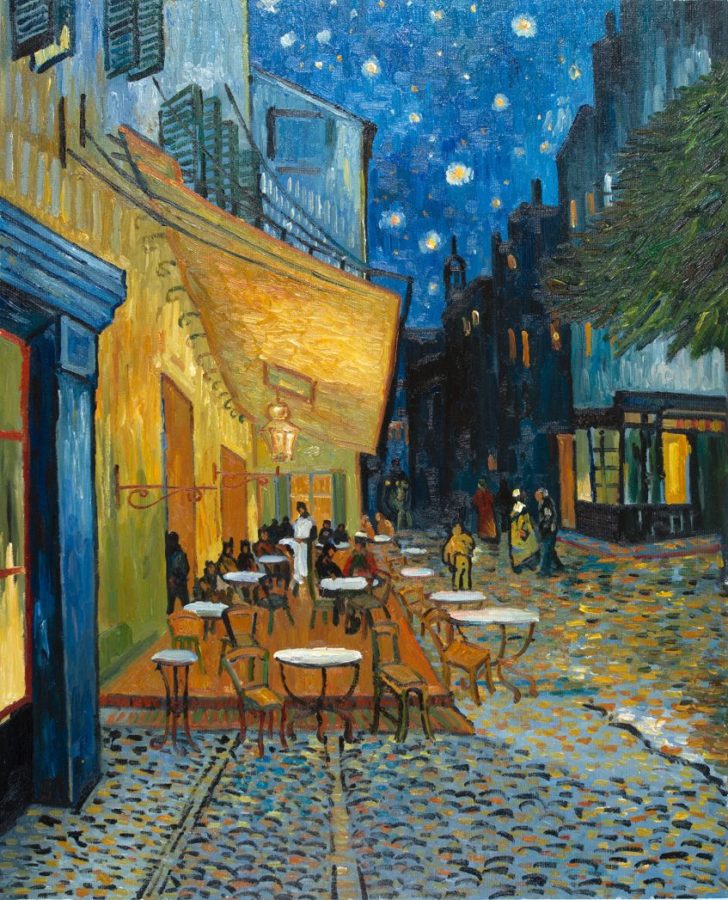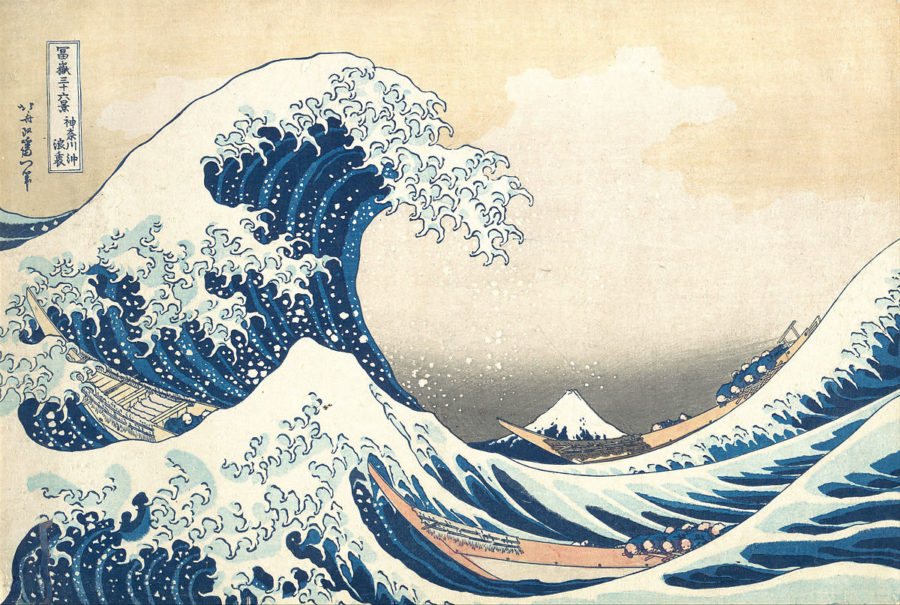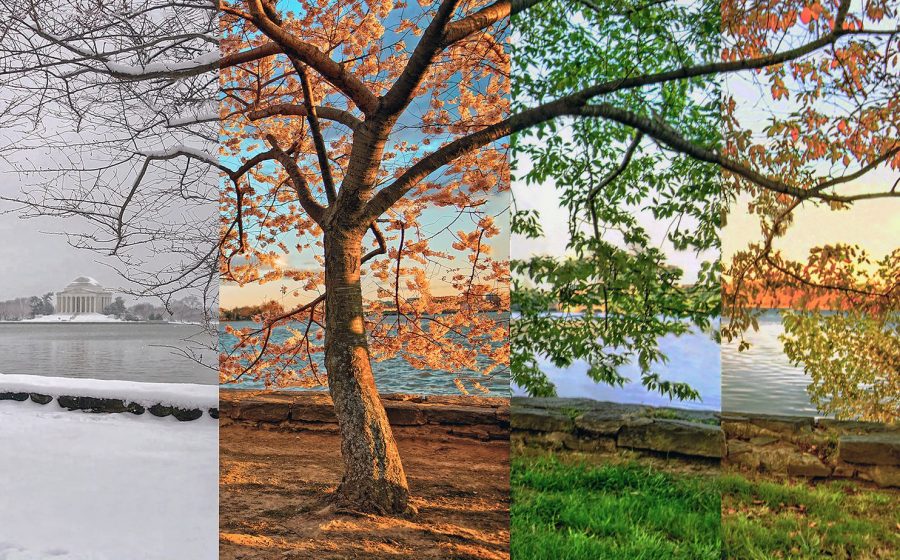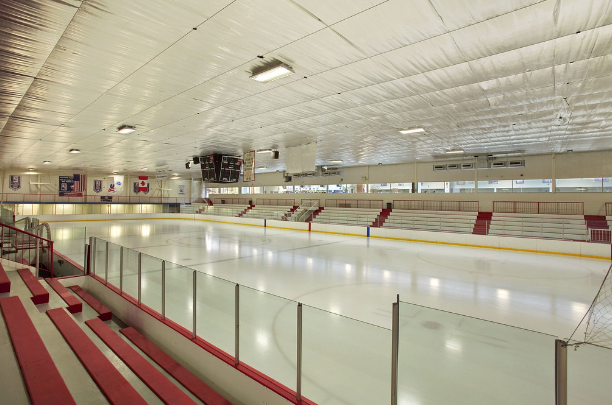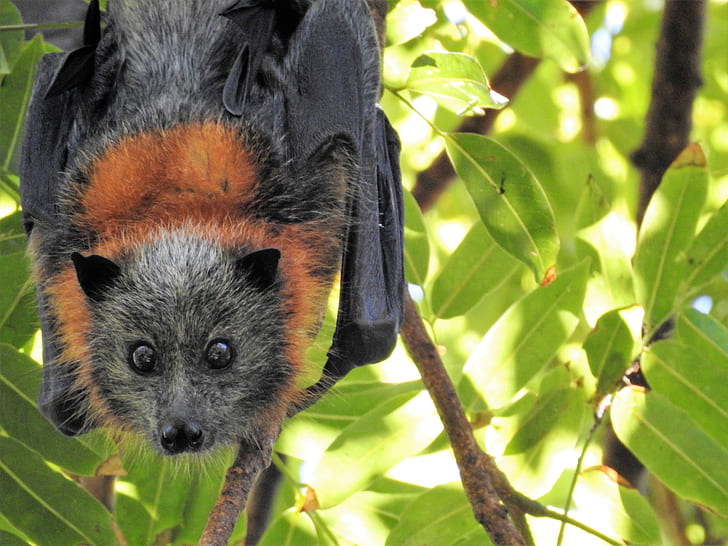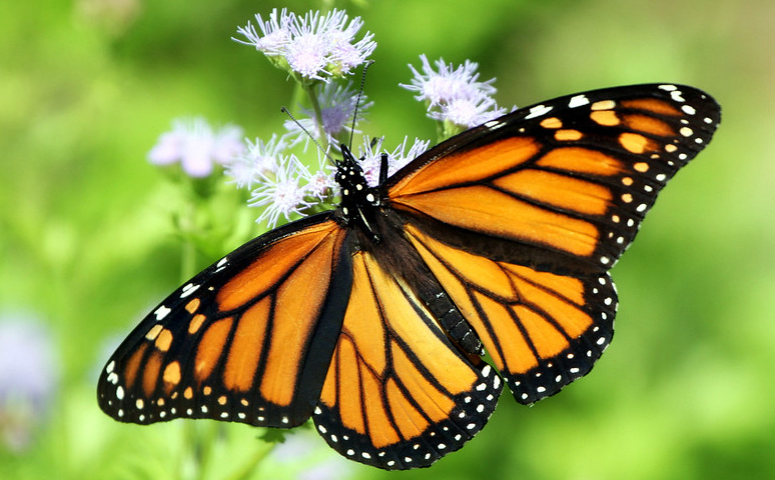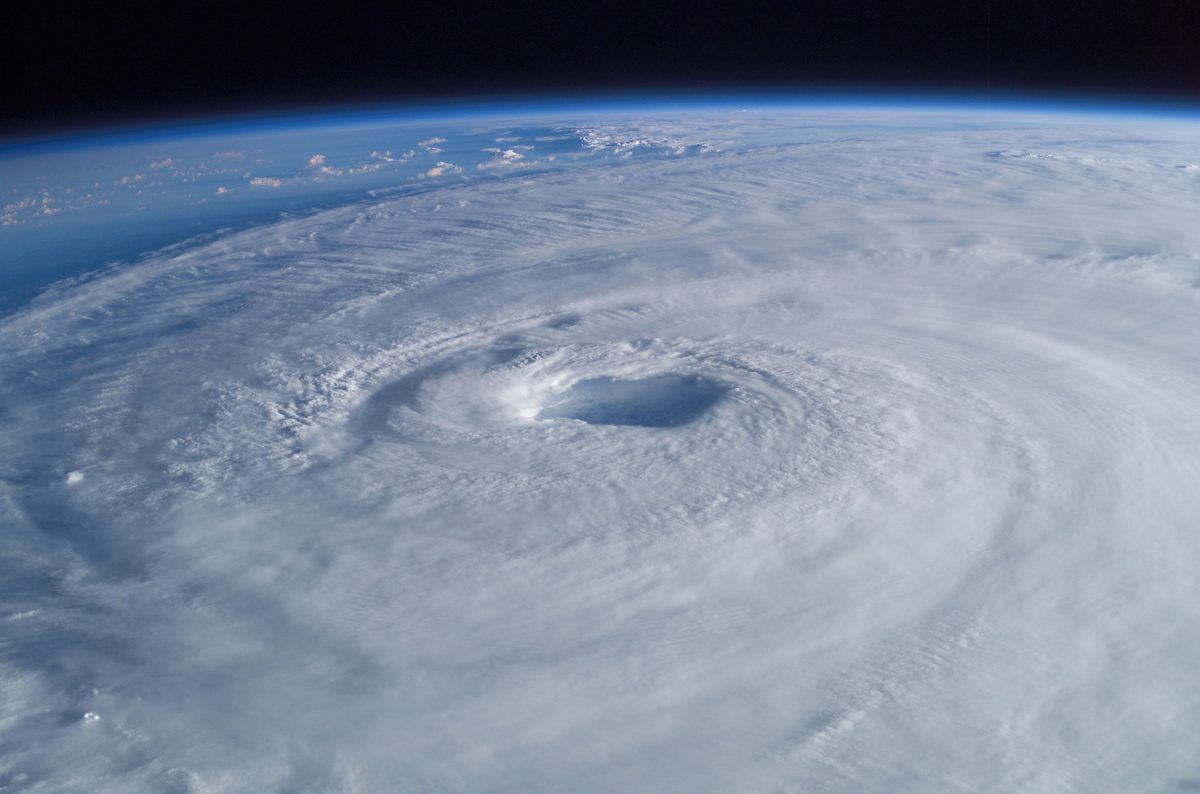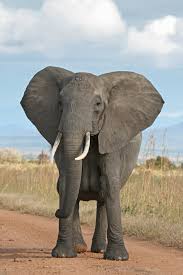The Monarch Butterfly Biosphere Reserve is located in a trans-Mexican volcanic belt of pine-oak forests between the border of Michoacan and the State of Mexico. It is a sanctuary where millions of monarch butterflies arrive annually. The mission of the biosphere is to protect the monarch butterfly species and its habitat. Most of the monarch butterflies at the reserve come from eastern North America.
The history behind this monarch butterfly reserve is that in the 19th century, researchers observed that the population of monarch butterflies had a critical overwintering habitat where millions of butterflies would stay there during their migration. The habitat they were in had many threats to the butterflies until Homero Ardijis convinced President Miguel de la Madrid with a group of 100 people to designate overwintering sites of the monarch butterflies as protected areas. After that, they tried to look for places where the butterflies would be safe and where there would be no threats. They eventually found a forest with many trees and they decided to turn it into a sanctuary for the monarch butterflies. Today, many monarch butterflies come to the forest to stay during the winter.
The ecosystem of this reservation is the forest extending from the mountains and forests of the eastern of Michoacan to the west of Mexico, 100 kilometers northwest of Mexico City. The reservation in Michoacan has the highest elevations in the state, including peaks that reach up to about 2,700 meters above sea level. The temperature of this forest is somewhat moist with the rain during the summer. The average temperature during this time is 22 degrees Celsius (72 degrees Fahrenheit). It also has a cool semi-moist and semi-cold temperature. The whole area is covered by trees and some of the trees are holm oak trees that are up to 2900 meters above sea level. Holm oak pine are between 1500-3000 meters above sea level, and oyamel fir are between 2400-3600 meters above sea level. There is a lot of wildlife in these areas such as white-tailed deer, rabbits, ravens, and various types of reptiles.
The migratory pattern of these butterflies is that millions of butterflies travel south into Mexico, from Texas, and then follow the Sierra Madre Oriental mountains to the preserve. The monarch butterflies congregate and cluster in the trees. To many tourists that go there, the trees appear to be orange and the branches sag from the weight of the butterflies all piled up onto each other. The monarch butterflies’ migration patterns are altered by climate change. During migration, monarchs fly north once they are exposed to cooler temperatures. Dense congregations are thought to conserve the heat, so if warmed by the sun, the butterflies take flight. Also, the beating of their wings has been compared to the sound of light rain.
In the early 2000s, there were a few adjustments made to the reserve’s border zones, which only included permitting seasonal tourism. According to Wikipedia, five of the eight colonies are located in Michoacan but only two are open to the public, which are the Sierra Chincua in Angangueo and El Rosario in Ocampo. The best-known and most visited of the butterfly colonies is El Rosario. In February, Angangueo celebrates its Festival de la Mariposa Monarch. This festival began in 1992 to promote awareness of the butterfly habitat, take advantage of the ecotourism it offers, and promote the culture and arts of the area.

















